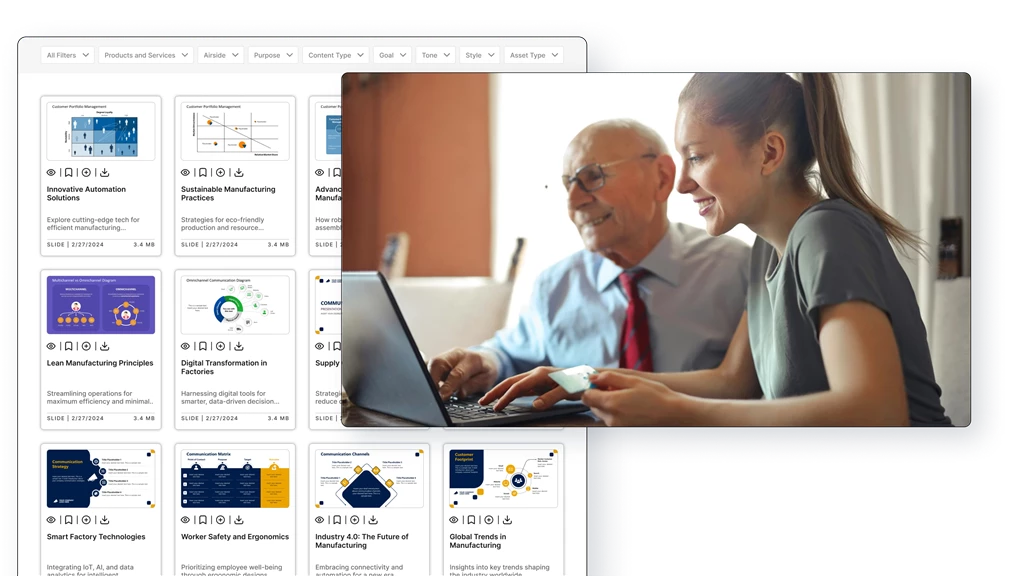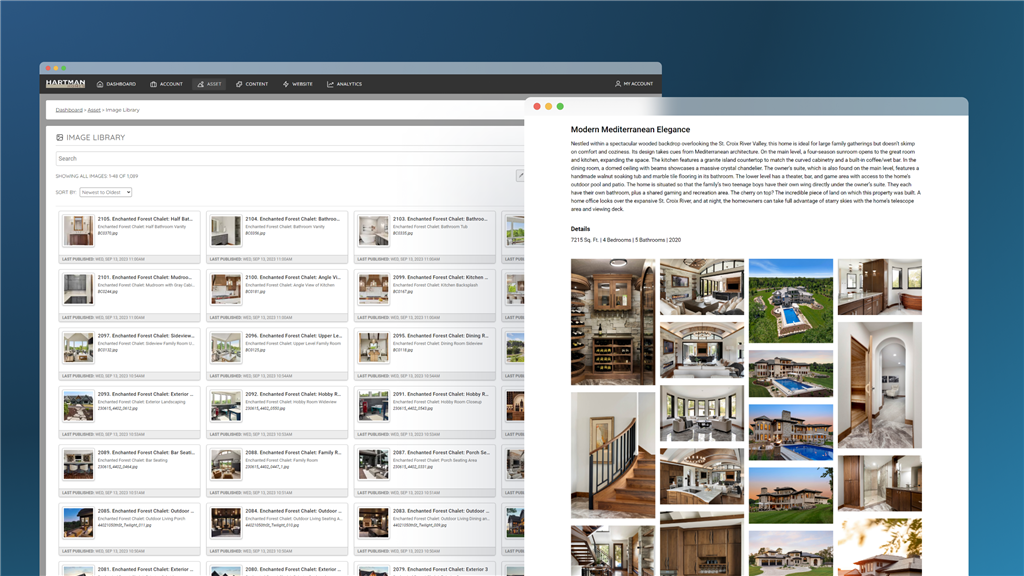Retail and manufacturing companies, in particular, generate vast amounts of digital assets such as product images, videos, technical manuals, and marketing materials. Without a proper system in place, organizing and accessing these assets can become a daunting task. This is where a Digital Asset Management (DAM) system can make a significant difference.
A DAM system helps streamline the management of digital assets, making it easier to organize, retrieve, and share content. To illustrate the practical benefits of a DAM system, here are some real-world examples of how it can enhance daily operations in a retail or manufacturing company.
1. Keep All Your Files in One Place
Scenario: A marketing team at a retail company is working on a new advertising campaign. Before implementing a DAM system, team members would store images, videos, and design files across multiple locations – personal drives, email attachments, and various cloud storage services. This disorganization led to confusion and wasted time searching for the right files.
With a DAM System:
Morning Task: The marketing manager needs the latest product images for a new social media ad. They log into the DAM platform, where all digital assets are centralized. In seconds, they locate the high-resolution images with a quick filter in the image library.
Result: The team saves time and effort, ensuring that the manager can quickly find and utilize the required assets, allowing the campaign to progress smoothly.
2. Avoid Duplicate Files and Automate Repetitive Tasks
Scenario: A manufacturing company's product development team frequently creates and updates technical manuals. Previously, different versions of these manuals would be saved in various locations, leading to confusion over which version was the most current.
With a DAM System:
Afternoon Task: An engineer updates a technical manual with new specifications. Instead of creating a new file, they upload the updated manual to the DAM platform. The system automatically version-controls the document, clearly marking it as the latest version.
Automated Workflow: The DAM system triggers an automated notification to relevant team members and customers, informing them of the new update.
Result: The company avoids the proliferation of duplicate files, and the team always has access to the most current information. Automated notifications streamline communication and ensure everyone is on the same page.
3. Make Sure Everyone Uses the Latest Approved Materials
Scenario: A retail company's sales team is preparing presentations for an upcoming client meeting. In the past, they often used outdated logos or incorrect branding elements, leading to inconsistent presentations and a lack of professional polish.
With a DAM System:
Daily Task: A sales representative needs to create a client presentation. They access the DAM platform and download the latest approved logos, templates, and branding guidelines from the "Sales Resources" collection.
Automatic Updates: The DAM system ensures that only the most current and approved materials are available, automatically archiving outdated assets.
Result: The sales team creates consistent, professional presentations that align with the company's brand standards, enhancing the company's image and credibility in client interactions.



